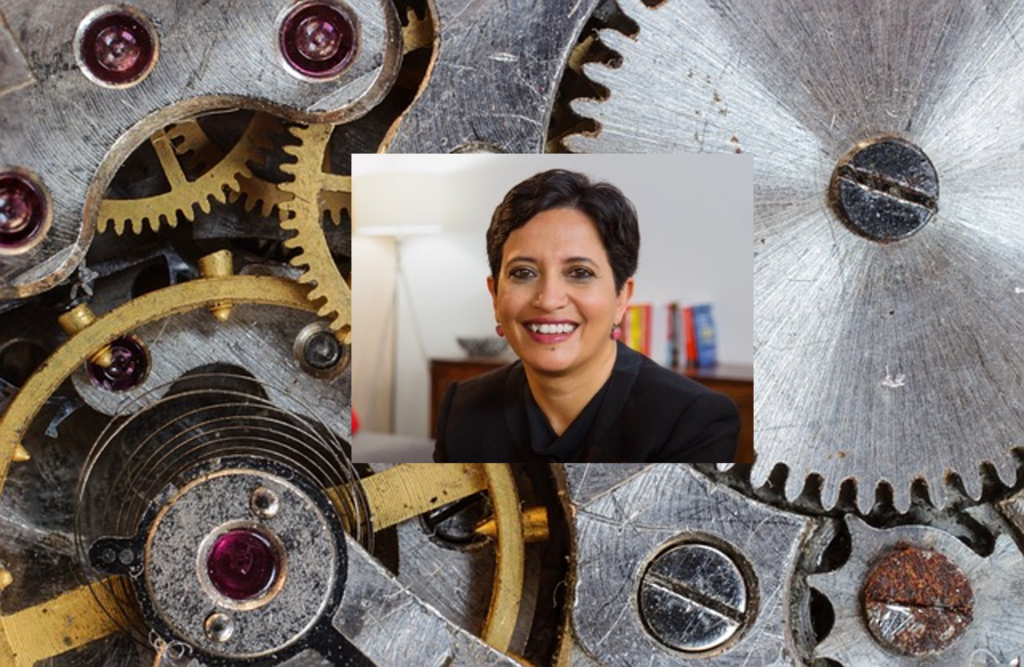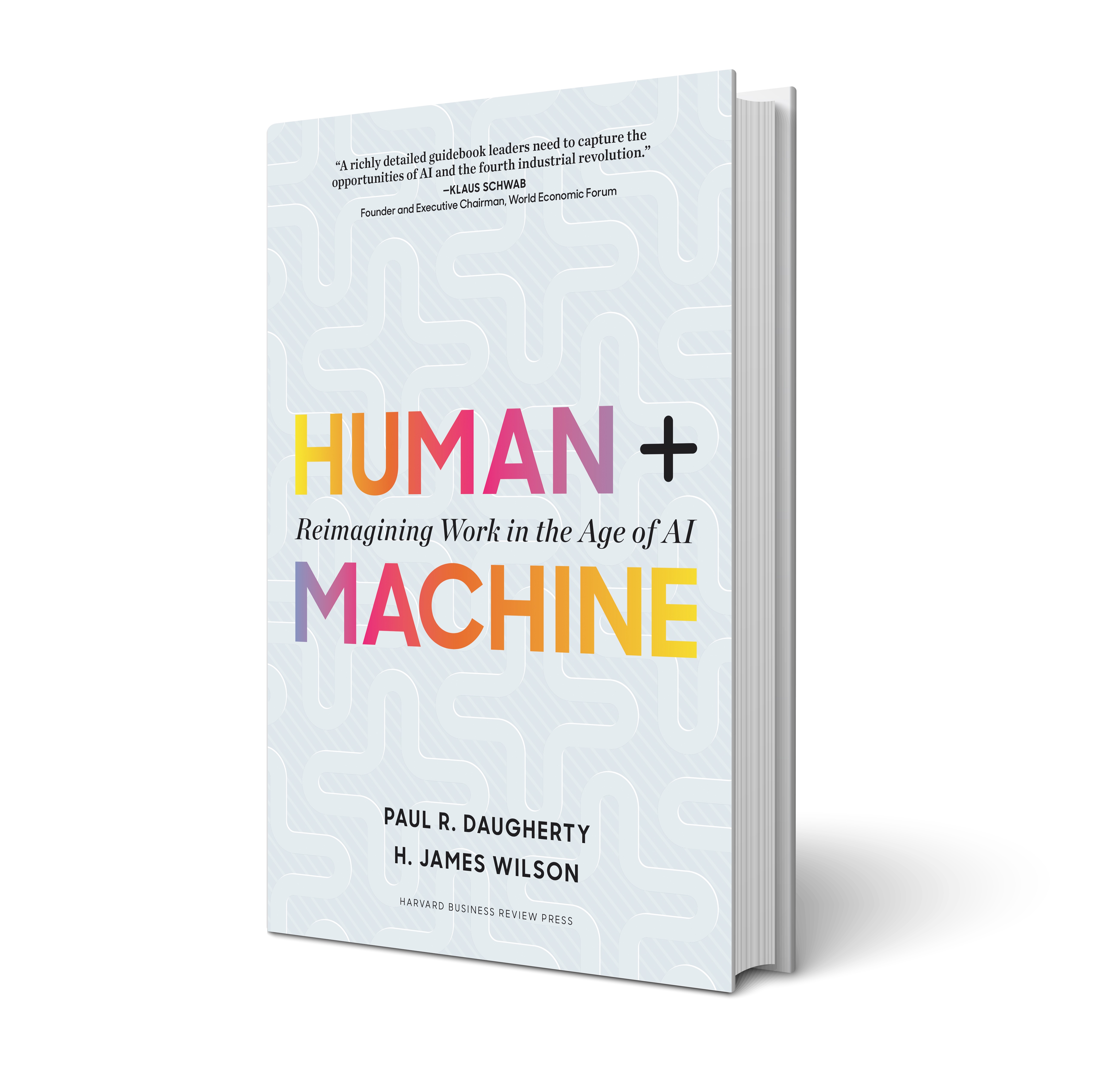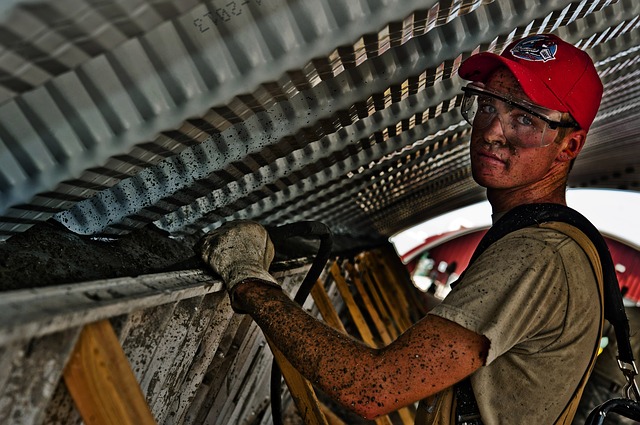Artificial Intelligence
1Mby1M Udemy Courses with Sramana Mitra: Domain Knowledge

At 1Mby1M, we believe in learning from case studies of successful entrepreneurs. These case studies involve discussions on opportunities and challenges specific to the domain such as Generative AI, E-Commerce, Digital Health, Cyber Security, and FinTech.
>>>Thought Leaders in Artificial Intelligence: Paul Daugherty, CTO and Chief Innovation Officer of Accenture (Part 1)

This interview explores the machine augmented human capabilities of an AI-driven future that we’re marching towards.
Sramana Mitra: I want to double-click down on some of the work that you’ve done in human-machine interaction and where that is going. Where are the new jobs going to be? What would be the types of new jobs? I suggest we start with maybe one or two use cases and double-click on those.
Paul Daugherty: It’s good to be great back on. Last time, we had a fantastic discussion. I’m sure this will be the same. I just wrote a book called Human + Machine: Reimagining Work in the Age of AI. At the heart of it, the plus side illustrates the view >>>
Featured Videos
Can 1M/1M Help Me Raise Money?
How Does 1M/1M Democratize Entrepreneurship Education?
How Does 1M/1M Democratize Management Consulting?
When Is The Right Time To Join 1M/1M?
Can 1M/1M Help Me With Business Development?
Can 1M/1M Help Me With Market Sizing?
Can 1M/1M Help Me Validate My Product?
Will I Have Private 1-on-1 Sessions In 1M/1M?
How Does 1M/1M Help Entrepreneurs Connect With Silicon Valley?
Mentoring or Consulting?
Why Does 1M/1M Charge $1000 a Year?
Why Does 1M/1M Partner With Local Organizations?
Why Don\’t Mentoring Networks Work?
Why Is It Important To Study With 1M/1M Now?
Dan Stewart Story
Vikrant Mathur Story Download" class="hvideo iframe playbut videow" id="playbg" href="http://www.youtube.com/embed/a> ?rel=0&autoplay=1"> Download Android " class="hvideo iframe playbut videow" id="playbg" href="http://www.youtube.com/embed/a> ?rel=0&autoplay=1"> Android
196th 1Mby1M Entrepreneurship Podcast With Ankit Jain, Gradient Ventures
Ankit Jain is Founding Partner at Gradient Ventures, Google’s AI venture fund.
Podcast: Play in new window | Download
Subscribe: Apple Podcasts | Android | Google Play | Stitcher | TuneIn | RSS
Thought Leaders in Artificial Intelligence: Samir Addamine, Founder and Chairman of FollowAnalytics (Part 1)

Have you started thinking about explainable AI yet? Well, you should. Read on for more.
Sramana Mitra: Let’s start by introducing our audience to yourself as well as FollowAnalytics.
Samir Addamine: I have an engineering degree. I studied in France where I was born and raised. I started my first company in 2005, which was a mobile boutique in Paris. I was trying to develop new services on mobile and games on mobile. In 2008, this company started to really take off, thanks to the app stores and the fact that brands were starting to get interested in having a presence in the app stores. >>>
Human + Machine: Reimagining Work in the Age of AI

By Guest Author Paul Daugherty and H James Wilson
Human+Machine: Reimagining Work in the Age of AI is a new book by Paul R. Daugherty and H. James Wilson that discusses how AI gives businesses the power to reimagine and transform their processes. Here is an excerpt from the book, reprinted by permission of Harvard Business Review Press. >>>
Thought Leaders in Corporate Innovation: Paul Daugherty, CTO and Chief Innovation Officer, Accenture (Part 1)

Accenture is deeply entrenched in innovation as technology moves at a breakneck pace, and their clients all need to stay apace. Read how Paul and his organization structures continuous innovation.
Sramana Mitra: Tell us a bit about how you are thinking about corporate innovation at Accenture from a broad framework point of view.
Paul Daugherty: The way my job and my role is shaped is to look ahead a couple of years and make sure that we’re always moving Accenture’s business in the direction technology is going so we are better positioned and even more relevant in the future than we are today. Accenture is a big company. We have about 440,000 people and about $35 billion in revenue. It’s a big >>>
Thought Leaders in Artificial Intelligence: Dave Excell, Co-Founder and CTO of Featurespace (Part 1)

This discussion explores Machine Learning apps in financial services.
Sramana Mitra: Let’s start by introducing our audience to yourself and Featurespace.
Dave Excell: I’m the Founder of Featurespace.
Sramana Mitra: What is Featurespace?
Dave Excell: Featurespace is a machine learning company on understanding and outsmarting risks. We use machine learning to >>>
Man and Superman: Future of Education

In the One Million by One Million online curriculum, almost eight years ago, I decided to put in a line as a joke: “We’re working on a chip that can be implanted in your brain and it will transfer ALL the entrepreneurial knowledge from my brain to yours. However, this chip is not quite ready yet. So, in the meantime, please study the curriculum and learn the methodology of entrepreneurship that we have designed.”
Well, little did I know that this would cease to be a joke by 2018.
In fact, in the next decade or two, perhaps, this sort of implant will become the future of education.
Man and Superman: Can Displaced Blue Collar Workers Become Doctors?

Last week, I was on a panel at the Silicon Valley Directors’ Exchange (SVDX) on Robotics and AI: How will Boards Embrace Tomorrow’s Technologies?
One of the issues we discussed was what happens to displaced workers who lose their jobs to AI.
Man and Superman: The Future of Work

These days, Silicon Valley is not the darling of the world anymore. Rather, it is facing a techlash for all sorts of issues. The foremost among these is automation and the prospect of robots destroying the livelihoods of people en masse. Of Artificial Intelligence becoming a threat to humankind.
All over Silicon Valley, in Board Rooms and in private parties, the Future of Work is a much-visited topic. Almost every major company has an AI product or an AI-enabled process initiative under exploration. I have spoken with numerous entrepreneurs who actually have software products in the market that are replacing 4000-5000 jobs at each of their customer sites.
Thought Leaders in Artificial Intelligence: Gabe Larsen, VP of InsideSales Labs (Part 1)

I did a startup in the area of Artificial Intelligence-driven Sales Prospecting in 1997. Much water has flown under the proverbial bridge. This discussion takes us to the state of the art, twenty years later.
Sramana Mitra: Let’s start by introducing our audience to yourself as well as to InsideSales.
Gabe Larsen: Thanks for having me. I run, what we call, InsideSales’ lab. That is our research and best practice group here at InsideSales.com. I’ve been with the company for five years in a variety of roles. Previous to InsideSales, I spent >>>
